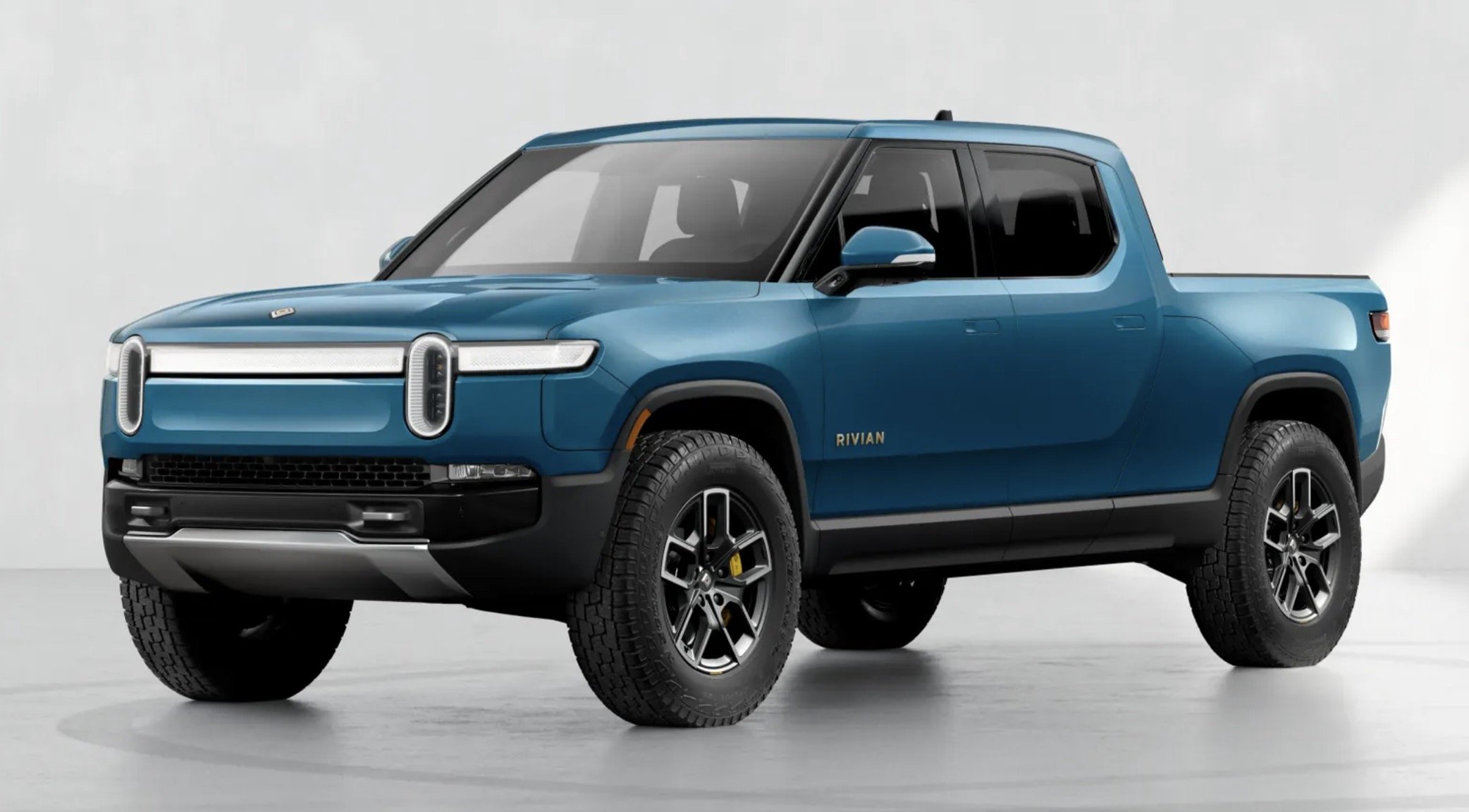Midjourney generated this photo of a generic crossover for me
A few years ago (with COVID-related time-dilation, 5 years is now ‘a few’) I wrote a blog post about the then-imminent iMac Pro comparing it to the first crossover. Back then, I wrote:
The iMac Pro […] is the AMC Eagle. It’s the first Mac to be car-first, run by the A-series processor which then boots the legacy Intel hardware. For now, it will (like the Eagle) only provide a few benefits to security. Eventually, this will become the way all mainstream computers are built…
It was the first mainstream computer to use a mobile chip in a primary role — taking the A10 processor out of the iPhone 7. Most computers at the time were descended from the proverbial ‘truck’ — even the lightest laptops were using processors for heavy-duty computing evolved to work in a smaller computer. That iMac in 2017 heralded an era when computers would be based primarily on chips originally designed for phones and then scaled up to power laptops and desktops.
Over the past 2.5 years, Apple has replaced most of their lineup — you can still buy the Mac Pro — with computers that are solely powered by silicon identical to that found in an iPhone. These computers — based on a cell phone! — are orders of magnitude more capable than the most expensive workstations of even a decade ago. We’re about 25-30 years in to the great democratization of compute, and a seismic shift has occurred over the last 10% of it.
Meanwhile, we’re 115 years into the ‘affordable’ mass produced car, never mind that the average transaction price in the US is dangerously close to the median income. The average car is now a heavy, relatively inefficient, boring, midsized, wagon that looks like an SUV but then massaged back into a car-like visage. We’re clearly on the cusp of major changes in the way we build cars, between electrification, increasing urbanization, and the depletion of natural resources; a major change is coming regardless of what form it takes.
You get a midsized crossover! And you get a midsized crossover! And you get a midsized cross…
Just as the iMac Pro spawned a half decade of ‘car-based trucks,’ the AMC Eagle gave us 40 years of crossovers — but what comes next? Computers and cars have been following the same evolutionary path, just at different speeds, so computers today can offer us a look at the cars of tomorrow. A decreasing proportion of ‘computers’ are the heavy-duty trucks of the world and they’re increasingly difficult to afford for the average person. Even the heaviest-duty computers of today — like the Mac Pro — have a similar architecture to the iMac of 2017, and are heavily based on a mobile-phone-like architecture. If you’ve been on an American road in 2022, you’ve seen the Rivian pickup — a truly truck-like truck that is built like a normal car.
Everyone reading this blog post thinks of a computer as something in a second category — a still-expensive, but not nearly as expensive ‘car’ that covers 80-90% of most people’s needs. The MacBook Air fits perfectly into this niche — it’s pricey, but nearly everyone could use it as their sole, everyday computer and be content. Most people will assume that some generic, electric, mid-size crossover fits all their needs, but those are something more akin to an Alienware laptop — packing everything a truck can do into a car-shaped body.
You’re telling me we have space for everyone to park like this‽
The MacBook Air is closer to a quadricycle than a Hyundai Ioniq 5 — and the majority of cars will look more like a tiny little appliance with minimal features than a big, luxurious crossover with every gadget imaginable. The cities of the future won’t have room — and their residents won’t have the inclination — for big, bulky vehicles that are impossible to park easily. Most round-trip car commutes in the US are less than 50 miles per day, the kilometerage(?) is generally lower throughout Europe. In the next half-decade, microcars will easily exceed 100 miles in range making them more than able to handle most driving. And they have an added benefit, since smaller cars mean less weight which means smaller batteries resulting in smaller cars — a virtuous cycle that reduces overall transportation costs, energy needs, and maintenance ♻.
Over 95% of the computers in the world pretend that they’re not computers. They’re called ‘phones’ — fifteen years ago, we were pitched a “revolutionary mobile phone” that has turned out to be everything but a revolution in phone calls. Most humans use a very cheap method of computing that claimed to be something else entirely. It shouldn’t take much of a leap to recognize how the ‘electric bicycle’ is in the same category.
The first slide was a lie, the second not so much.
Of course, the electric ‘bicycles’ of the future will look about as similar to a bicycle as an iPhone does to a Motorola Razr. With delivery drivers suffering heatstroke on a regular basis, it just makes sense to remove the biggest source of heat in their trucks — the giant internal combustion engine under the driver’s feet. The shape of transportation is going to change as much over the next two decades as computing did over the past two, and it’s likely to have the same level of impact on the way everyone lives their lives.
Legally, this is a bicycle — the pedals are just out of sight. You can ride it, full of packages, without breaking a sweat
If you liked this article and think I’d be an interesting person to work with — reach out! I’m looking for senior product roles in New York City and remotely. Want to comment? Get in touch.
With thanks to Michael Banovsky, Andrew Unger, and Max Finkel for various inspirations and encouragements.
Thanks for reading.









